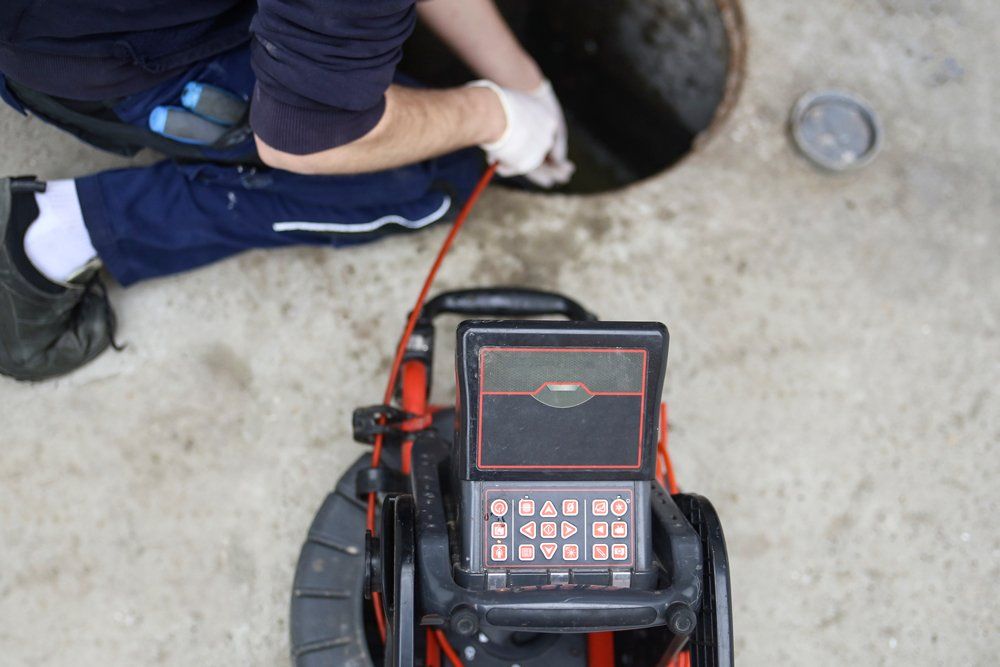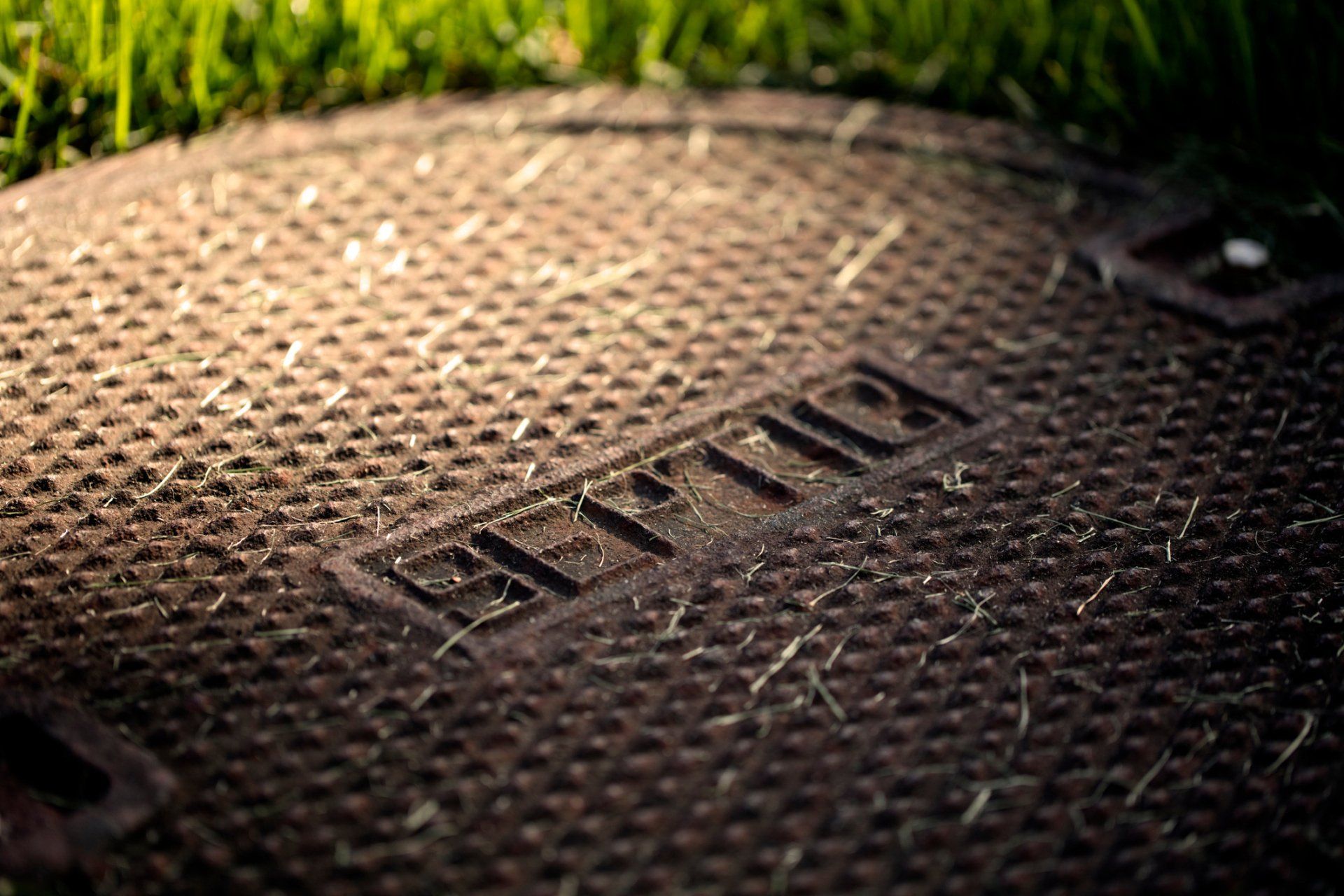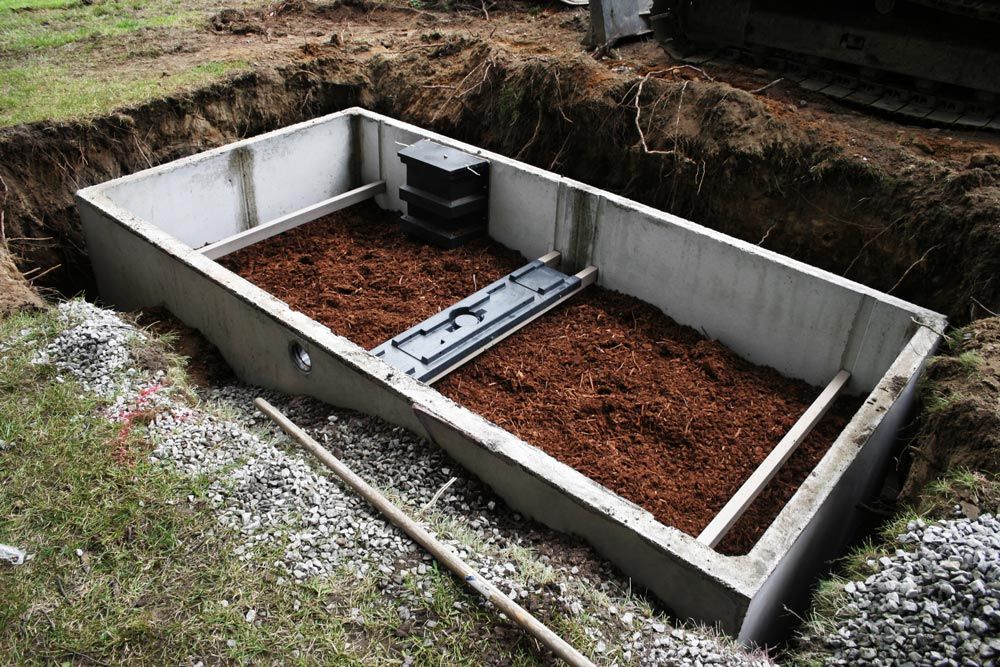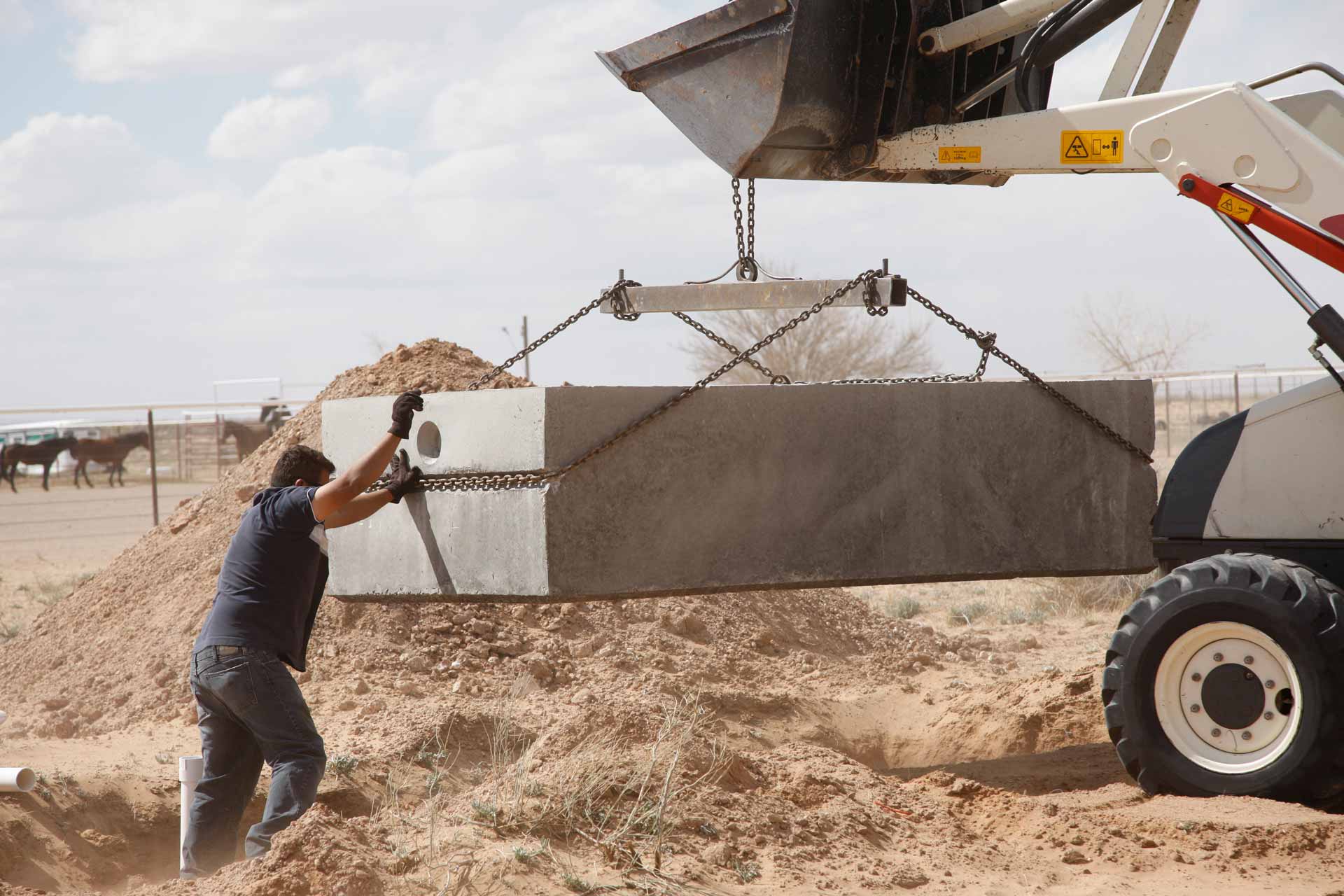How to Prepare Your Septic Tank for Winter: 7 Helpful Tips
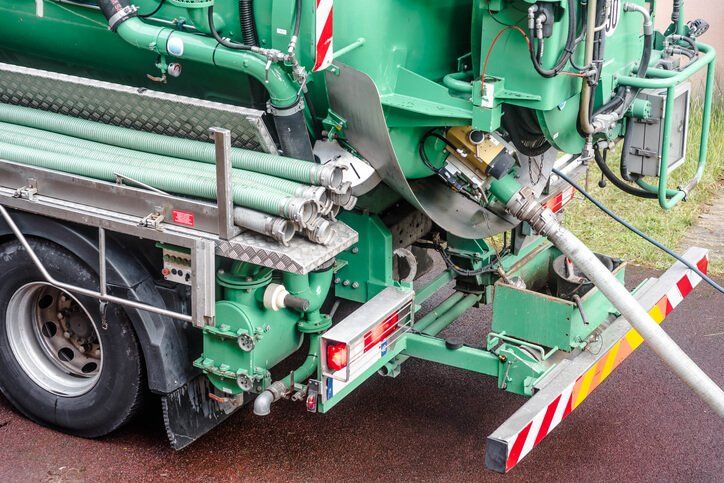
A septic tank doesn't come cheap, so it's essential to maintain it properly. Unfortunately, people forget about the septic tank until it malfunctions. In the winter, the extremely low temperatures can cause the septic tank to freeze and cause problems. So you need all the help you can get to keep the septic tank working optimally during winter and avoid any nasty surprises.
Here are some helpful tips to prepare your septic tank for the cold winter weather.
1. Get the Septic Tank Inspected
Before winter finally sets in, enlist a local septic company to inspect your septic tank. A professional should inspect a septic tank annually to ensure all the components are working, there are no leaks, and the entire system is working properly.
2. Winterize All the Pipes
If you will not be around during the winter months, drain all the septic tank's pipes to prevent freezing and cracking. First, shut off the water main, then open all the taps and leave them open so they can drain completely.
Also, disconnect all the hoses to appliances such as the dishwasher and the washing machine. Most importantly, empty the tank's pressure. After draining all the lines, add a septic-safe antifreeze according to the manufacturer's guide.
3. Inspect the Lid
Inspect the septic tank's lid for any holes or cracks. A secure lid prevents debris, children, and small animals from getting into the tank. The tightly secured lid keeps the internal heat trapped due to the anaerobic bacteria inside the tank that breaks down the solid waste and treats raw wastewater. The heat inside the tank keeps the bacteria's metabolic rate high.
If you notice any problems with your septic tank lid, have a professional replace the lid right away before winter weather kicks in.
4. Pump Out the Tank
If you close the house during winter or only use it a few times, consider pumping the septic tank. Ensure you pump the tank to eliminate all waste and any greywater that might freeze during winter.
Generally, you should pump the tank every three to five years, so if this is the year you should pump yours, ensure that you do it before the temperatures plunge. Freezing temperatures make the ground hard to break, which makes the tank hard to access.
5. Insulate the Drainage Field
You must do everything you can to protect the septic tank during the cold months because the frozen ground can damage the septic tank. Fortunately, it's easy to protect the drainage field. You can do this by allowing grass to grow around your septic system so it can effectively retain snow.
The grass acts as an insulating layer over the soil treatment area during winter. If you do not have a lawn, spread the leaves or straw over the drain field. Alternatively, purchase insulated blankets. These steps protect the tank and field by retaining heat and preventing the whole system from freezing damage.
6. Use the Septic Tank Regularly
Lack of use can bring problems during the winter weather. Everyday household use of the septic system is enough to keep things moving properly. If you are not home during the winter, arrange with a trusted individual to occasionally use the septic system while you are away, so the tank stays in top shape.
7. Check the Furnace
If you leave a high-efficiency furnace on during the winter, ensure no water drains into the septic system. You can reroute the dripping water into a bucket, floor drain, or some other drain not connected to the septic system. Excess water flowing into the septic system can cause the system to freeze up.
These steps help you protect your septic tank and keep it functional during the cold winter months. If you need assistance winterizing your septic tank, contact Pete's Outflow Technicians . We are your go-to professionals for all your septic tank needs.

